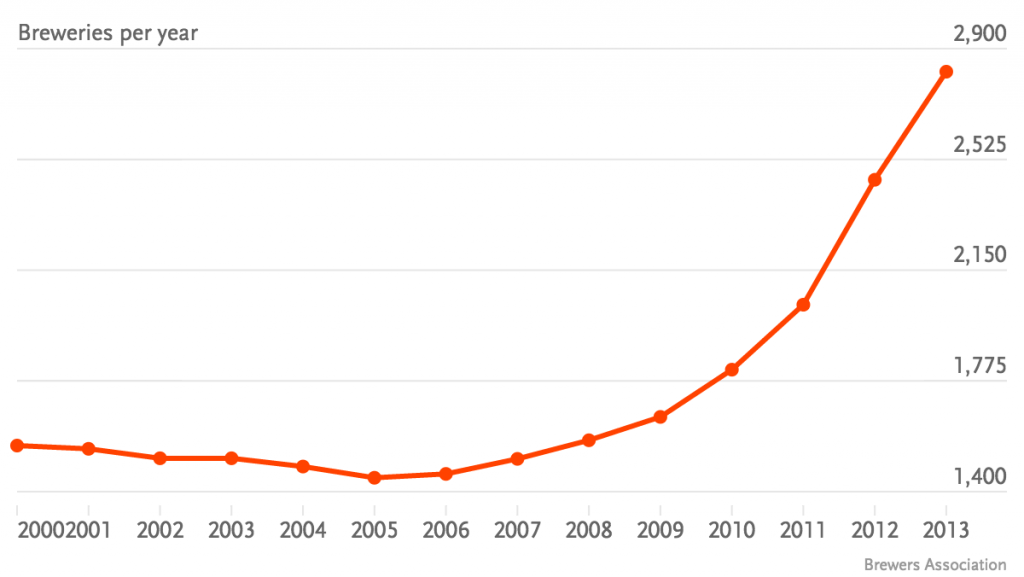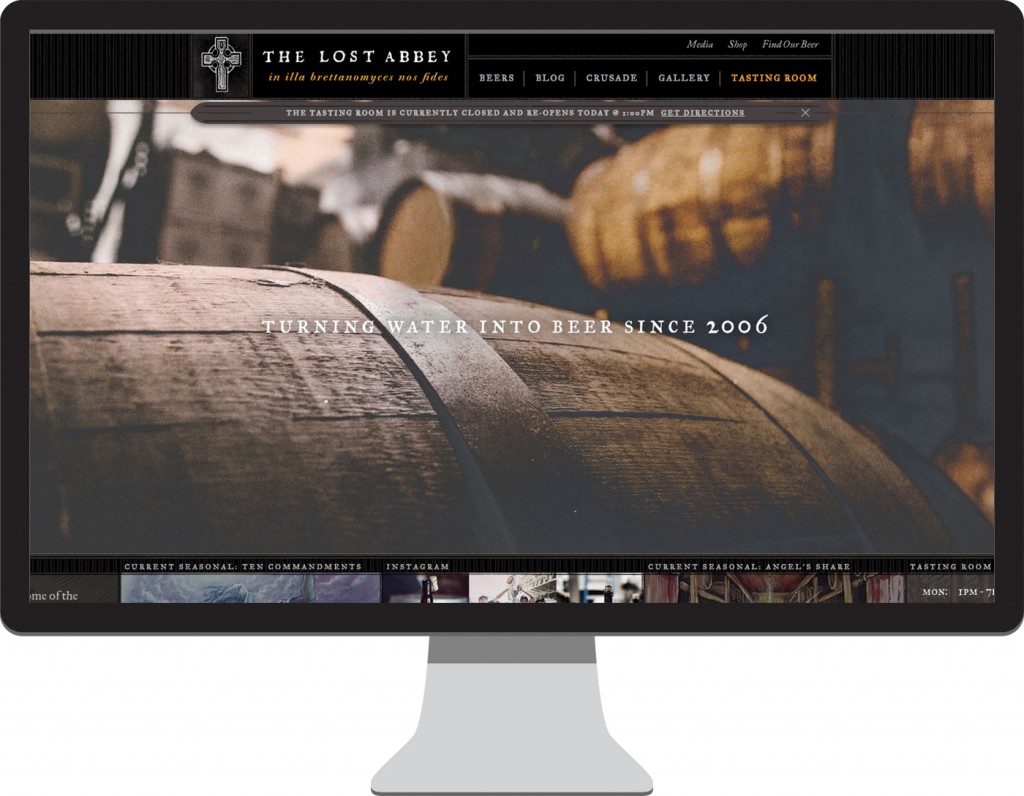In June of 2013, the United States eclipsed more than 3,000 craft breweries from coast to coast – a first since the 1870s. No matter where you look – from Cibola, TX to San Diego, from Pilar, NM to Brooklyn – craft breweries are popping up left and right. And they’re packed. Even smaller cities like Albuquerque, with a total metro population of just less than 900,000 people, has eleven local breweries to choose from.

Make no mistake, 93% of all the beer consumed in America still comes from the three major producers, Anheuser-Busch, MillerCoors and Pabst Brewing company, but the remaining 7% represented a $14.3 billion market in 2013. As an industry, craft beer is growing at an incredible 20% per year, and with another 2,000 breweries countrywide in the planning and licensing phase, this is not a trend that will slow down anytime soon. American craft breweries are starting to open abroad as well – North County San Diego’s Stone Brewing is opening a production facility in Berlin, of all places. Germans have their Reinheitsgebot (Bavarian Purity Law), but there’s no mistaking the fact that American craft beer culture is spreading as far and wide.
As an industry, craft beer is growing at an incredible 20% per year, and with another 2,000 breweries countrywide in the planning and licensing phase, this is not a trend that will slow down anytime soon.
The basic elements that make craft beer so interesting are pretty standard, no matter the geography: locally-produced products, a healthy dose of DIY elbow grease, ample and growing demand and critically, an inherent appreciation for the creative pursuits. After all, if part of what differentiates your beer from a competitor’s is the way you blend ingredients in a brew, you’re going to be a creative type.
What does 3,000 breweries mean?
For one, it represents a return to the localization of beer production, with almost 99% of the 3,040 breweries being small and independent. The majority of Americans live within 10 miles of a local brewery, and with almost 2,000 planning breweries in the Brewer’s Association database, that percentage is only going to climb in the coming years.
Secondly, it means that competition continues to increase, and that brewers will need to further differentiate and focus on quality if they are going to succeed in a crowded marketplace. While a national brewery number is fairly irrelevant without understanding local marketplaces, 3,040 breweries could not happen without increased competition in many localities.”

The Lost Abbey homepage
Increased competition in any market means that differentiation has to happen in order for growth to occur. The craft beer industry is different though – the vast majority of craft beer consumers are curious, go out of their way to try offerings from many breweries, and as such there is plenty of demand to go around – even for 3000+ breweries in the US. In fact, it’s a mark of honor in the craft beer world for “competing” breweries to do collaborations together: the aforementioned Stone Brewing has a whole series of collaboration brews they’ve done with others, both from their local region as well as nationally and internationally. Can you imagine Budweiser and Pabst doing anything together other than trying to outspend one another? In short, the craft beer industry acts in the exact inverse to how AB, MillerCoors and Pabst do.
Our Outlook
Grid’s perspective, borne out by the work we’ve done for Lost Abbey, Port Brewing, 5 Stones Artisan Brewery, Coda Brewing and The Bruery, is that in order to differentiate one’s self in an oddly collaborative yet still competitive marketplace, you must tell your story beautifully.
The craft beer scene in the US is all about story – who’s the brewer and where did they come from, what’s the genesis of the clever names, what awards have you won – and those like Lost Abbey who create a richly detailed creation myth end up with loyal fans who spread the gospel, word-of-mouth style, from coast to coast.
Our client The Bruery has an annual Black Tuesday event which requires customers to win lottery spots in order to purchase the once-per-year release – and year after year, they sell out their entire alottment of this special beer in less than 2 hours. That’s customer loyalty, and the learning is that nearly all of the 3000+ craft breweries in the country have the potential to create such a following.
Grid’s beer-centric designer partner and co-conspirator Varnish Studio have won beverage industry awards for the Ultimate Box Set, a Grammy award for special packaging and have a portfolio full of incredible work.
We can help you tell your story better.
 Menu
Menu


